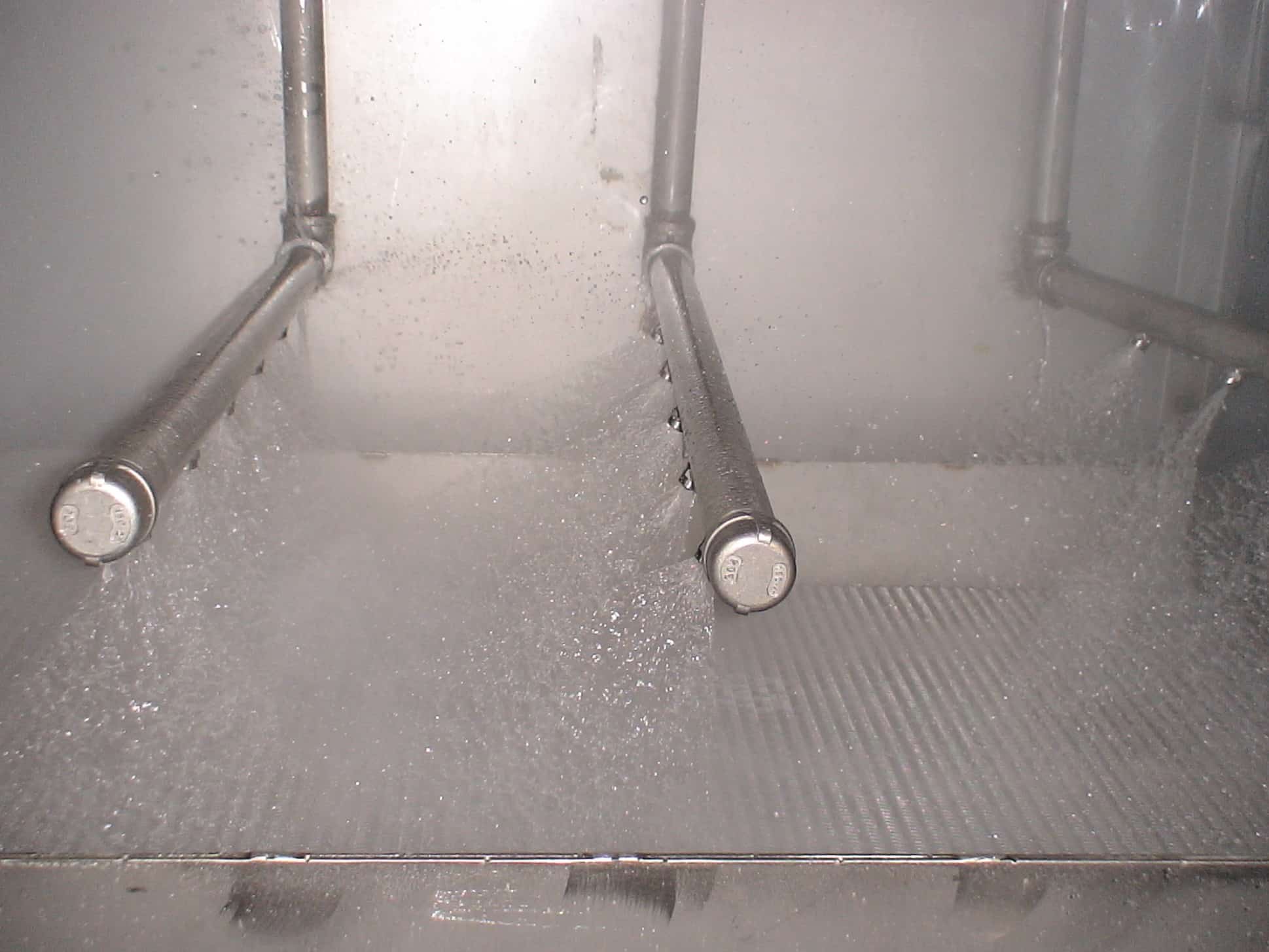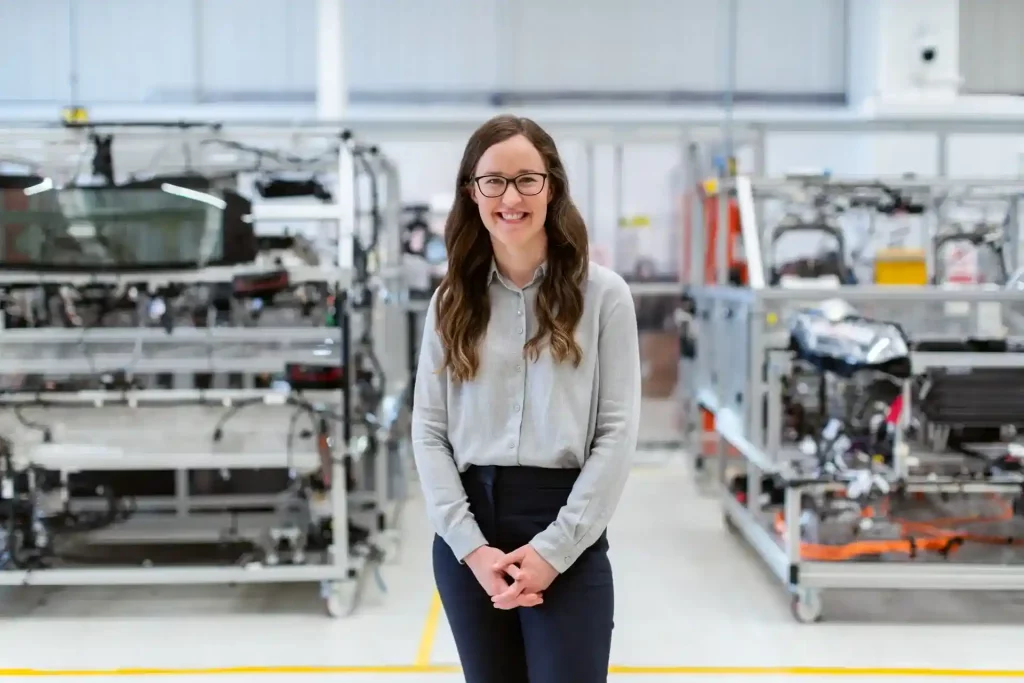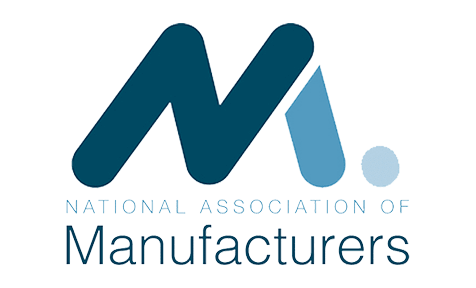Immersion washer or spray washer? When deciding which aqueous parts washer best fits your needs, you must choose from these two types. How do you know which method is the best for you? This depends on the complexity of the part that needs cleaning, its resistance to heat, the material, production rates, and the contaminant. For example, if your part has a lot of exposed surfaces and no nooks and crannies, a spray washer is your best bet. On the other hand, immersion washing would be better if your part is more complex with non-visible surfaces.
Both have their own unique advantages and disadvantages, so it’s important to understand the differences before deciding which method is best for your needs. In this blog post, we’ll look at the benefits and drawbacks of each, and provide guidance on how to choose between immersion washing and spray washing for your parts cleaning needs.
What is Parts Cleaning?
Parts cleaning is a crucial process in the manufacturing industry that involves cleaning and removing contaminants from various components or parts before assembly or further processing. This is essential to ensure the quality and reliability of the final product.
Two main methods are used for parts cleaning: immersion cleaning and spray cleaning. In immersion cleaning, parts are placed in a tank filled with a cleaning solution. The parts are fully submerged and soaked in the solution, allowing the cleaning agents to penetrate and dissolve the contaminants. This method effectively removes heavy dirt, grease, or stubborn residues from parts.
On the other hand, spray cleaning involves using a spray washer to direct a high-pressure stream of cleaning solution onto the parts. The solution is sprayed onto the parts, effectively removing the contaminants through the spray’s force and the cleaning agents’ chemical action. This method suits intricate parts with hard-to-reach areas or complex geometries.
Both immersion and spray cleaning methods have advantages and limitations, and choosing the correct method depends on various factors, such as the type of contaminants, the size and complexity of the parts, production volume, and desired cleaning results. In the following sections, we will delve deeper into the specifics of each method and discuss how to make an informed decision between immersion and spray cleaning.
What is Immersion Washing?
The immersion cleaning method is a popular technique used in parts washing, particularly for larger or bulkier components. In this method, the parts to be cleaned are submerged or immersed in a tank or container filled with a cleaning solution. The cleaning solution is usually a solvent or detergent that helps to dissolve or remove contaminants from the parts.
During the immersion cleaning process, the parts are soaked in the cleaning solution for a specified period of time. This allows the solution to penetrate into crevices, cavities, and hard-to-reach areas of the parts, ensuring thorough cleaning. Agitation, such as using a pump or ultrasonic waves, may also be employed to enhance the cleaning action.
Why Choose Immersion Washing?
The immersion cleaning method is known for its efficiency in removing heavy soils, grease, oil, and other stubborn contaminants from parts. It is especially effective for parts with complex geometries or intricate designs, as it allows for a more comprehensive cleaning compared to spray cleaning methods. After you place pieces in a basket, they are submerged in a heated aqueous cleaning solution using a single or series of dip tanks Additionally, the immersion washer method is relatively simpler and more cost-effective, as it does not require elaborate spray systems or specialized equipment.
However, the immersion cleaning method may not be suitable for delicate or sensitive parts that cannot withstand prolonged exposure to the cleaning solution. It may also be time-consuming, as parts may need to be soaked for an extended period to achieve desired cleaning results. The decision between immersion cleaning and spray cleaning ultimately depends on the specific cleaning requirements, part characteristics, and desired level of cleanliness.
Sometimes though, immersion itself is not enough. Better Engineering can add agitation and ultra-sonic cleaning to ensure your parts’ cleanliness. Immersion washing does have its limitations that you must consider. Compared to spray washing, immersion washing is a longer cleaning cycle, requiring you to change the solution more frequently since it will become contaminated. Aqueous parts washers can also combine spray cleaning with immersion cleaning. When using this combination of cleaning, Better Engineering places spray washers along the sides of immersion washers to provide additional agitation and cleaning, reducing the time needed for immersion cleaning.
What is Spray Washing?
Spray washers use a strategically placed high-pressure spray to clean the entire surface of your part while ensuring it still meets strict cleanliness specifications. These can be stationary or on a moving bar with spray nozzles attached throughout the cleaning chamber’s bottom, sides, and top. You can run spray washers at lower temperatures and cleaning concentrations, which help with cost savings. Spray washers are best for parts with no notches and don’t need longer clean times. Unlike immersion washers, they flush contaminants away immediately to an external filtration system before being recirculated to the spray nozzles.
Spray cleaning offers several advantages over other cleaning methods. First and foremost, it is highly efficient and effective in removing contaminants from the parts. The high-pressure spray can reach areas that are difficult to access, ensuring thorough cleaning. Additionally, the spray cleaning method is generally faster than immersion cleaning, making it ideal for high-volume production environments where quick turnaround time is essential.
Moreover, spray cleaning is more economical in terms of water and cleaning solution usage compared to immersion cleaning. It allows for better control of the cleaning process, as the concentration and temperature of the cleaning solution can be easily adjusted to meet specific cleaning requirements. This versatility makes spray cleaning suitable for a wide range of parts, from delicate electronic components to heavy industrial machinery.
What are Immersion Spray Washers?
Sometimes, you need the power of both spray and immersion to clean your components thoroughly. These systems, such as our drum and rotary washers, allow for an unparalleled clean. They not only soak and agitate the cleaning solution around parts but also uses high-pressured spray while immersed.
What are the differences between spray and Immersion washing?
Spray cleaning and immersion cleaning are two common methods used in parts washing, and they differ in several key aspects.
Firstly, the spray cleaning method involves using a spray washer to clean the parts. This process uses high-pressure jets of cleaning solution to remove contaminants from the surfaces of the parts. The spray washer can be manually operated or automated, depending on the specific needs of the application. It is ideal for cleaning parts with complex geometries or hard-to-reach areas, as the high-pressure jets can penetrate into small crevices.
On the other hand, immersion cleaning involves submerging the parts in a tank filled with a cleaning solution. The immersion washer typically uses agitation or ultrasonic waves to agitate the cleaning solution, which helps to dislodge contaminants from the parts. This method is suitable for parts that are relatively large or have a lot of surface area to clean.
The main difference between spray and immersion cleaning is the way in which the cleaning solution is applied to the parts. While spray cleaning targets specific areas with high-pressure jets, immersion cleaning treats the entire surface of the parts simultaneously. This means that spray cleaning can be more efficient for precise cleaning of specific areas, while immersion cleaning can be more effective for overall cleaning of large parts.
When choosing between spray and immersion cleaning, several factors should be considered. These include the size and complexity of the parts, the type and level of contaminants, the desired cleanliness level, and the available resources and budget. Ultimately, the decision should be based on the specific needs and requirements of the application to achieve the best results.
What can we conclude?
In conclusion, the cleaning technique best suited for you depends on the type of part you need to clean. Both immersion and high-pressure spray cleaning are efficient methods with advantages and disadvantages. All of Better Engineering’s aqueous parts washers are highly effective and modular. This modality means that you can customize our washers with any cleaning method combination and size washer.
Are you still weighing your options? Send us your parts for testing, and we’ll help you determine which method would suit your applications best.





